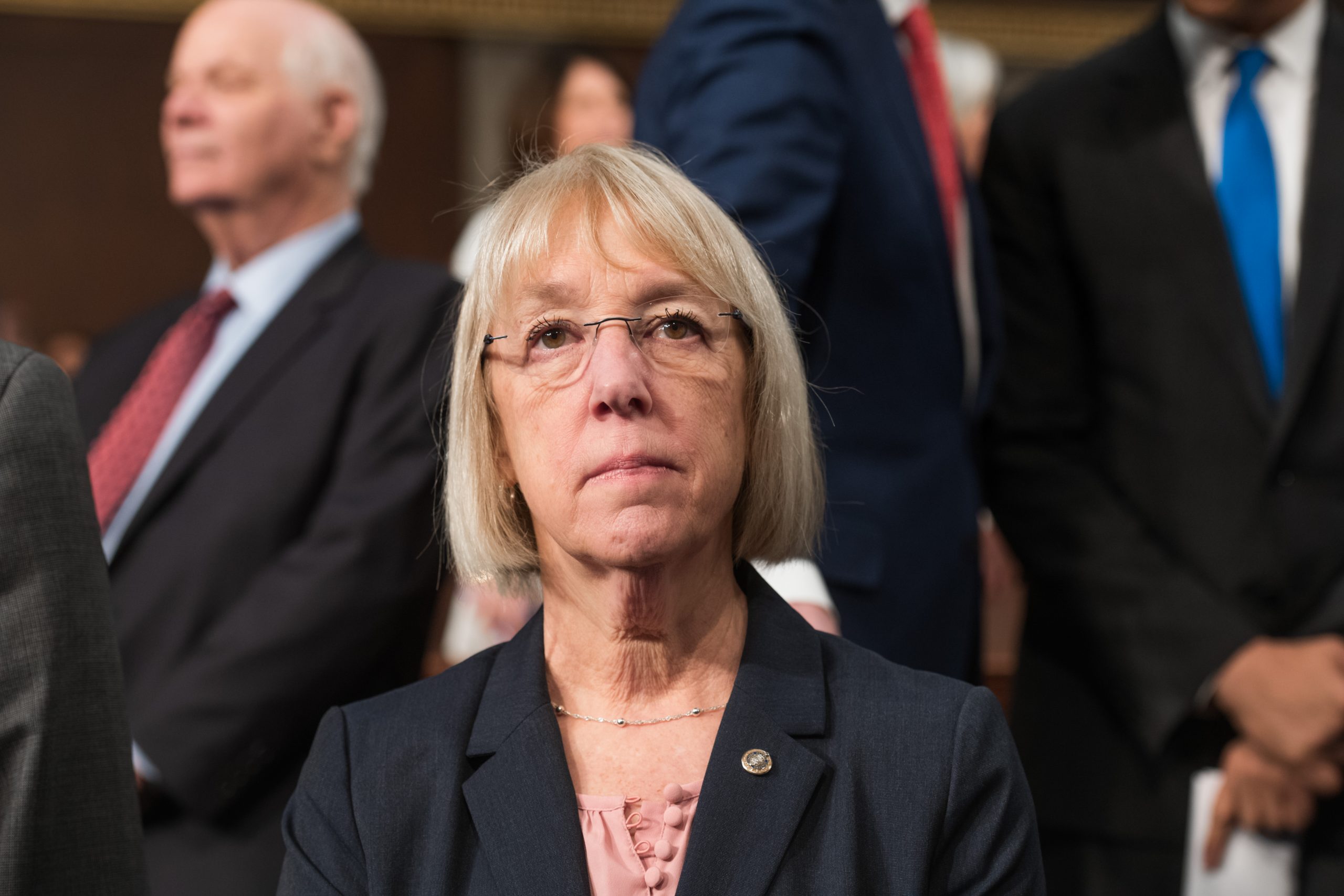(WASHINGTON, D.C). – The Energy Employees Occupational Illness Compensation Program Act of 2000 (EEOICPA), which provides compensation to workers and their survivors for occupational diseases arising from toxic and radiation exposure in the government’s nuclear weapons program, lacks independent oversight of scientific decisions by the U.S. Department of Labor (DOL), according to a report by the Government Accountability Office (GAO). The report was requested by the Senate Health Education, Labor and Pensions (HELP) Committee, chaired by Senator Tom Harkin (D-IA) and the House Committee on Education and Labor, chaired by Congressman George Miller (D-CA).
“Today’s report makes sensible recommendations for ensuring that the men and women exposed to radiation and other toxins while serving our country at nuclear weapons facilities are fairly compensated for their illness,” Chairman Harkin said. “We requested this audit after several citizens, many of whom were Iowans, became sick after working at an energy facility and faced unnecessary delays as they pursued their claims. Some had to wait three years for the government to rule on their cases. These workers deserve better. This report highlights serious problems with the current system, and I am currently looking at ways we can move forward with fixes.”
“These veterans of the cold war who served our nation should be treated fairly and justly,” said Rep. George Miller (D-CA), the chair of the House Education and Labor Committee. “The GAO’s findings clearly shows that our government could do better in taking care of those were made ill after they were exposed to radiation and toxic substances while working for the United States government. GAO’s recommendations deserve our serious consideration.”
“For too long, workers who got sick from working at nuclear facilities like Hanford in Washington state have had to struggle to get the compensation they deserve,” said Senator Patty Murray (D-WA). “Whether they have been forced to wait for years, have had critical information ignored, or have been wrongly denied compensation, Hanford workers have had to fight a system that was designed to help them. This report is an important step in the right direction, and I look forward to working with Chairman Harkin and the Administration to implement many of its recommendations.”
Three agencies coordinate efforts to implement the EEOICPA: The DOL issues compensation payments and determines whether workers should be compensated for exposure to toxic substances; the National Institute for Occupational Safety and Health (NIOSH) estimates workers’ exposure to radiation used in compensation decisions, and determines when workers should receive presumptive compensation without need for a radiation dose estimate; and the Department of Energy (DOE), which provides records and historical information used by both NIOSH and the DOL under their authorities.
GAO noted that Congress had established a Presidential Advisory Board on Radiation and Worker Health which regularly evaluates the quality and scientific soundness of radiation dose assessments, site profiles, and presumptive compensation evaluations that are conducted by NIOSH. However, GAO noted there is a “gap” because there is no comparable body to oversee the “quality, objectivity and consistency of [DOL] consultant physicians’ work and no independent expert review of the scientific soundness of the detailed information in site exposure” matrices used in screening cases for compensability.
The GAO also found that while Congress established a DOL Ombudsman to assist claimants and to report on problems encountered by claimants through annual reports to Congress, “Labor has not publically responded to these concerns, nor developed formal plans for addressing the issues.” As a result, “claimants have little knowledge that their concerns are heard of that they are being addressed.”
GAO also noted that the Labor Department does not release its site exposure matrices due to concerns about releasing national security sensitive information. By comparison, NIOSH has released extensive documentation on radiological conditions at nuclear facilities. GAO found that transparency would facilitate greater understanding on the part of claimants, and help improve the accuracy of the site exposure matrix used in decision making. GAO recommended that DOL and DOE establish a “formal action plan” to facilitate a clearance process to make information on the site matrices public.
See a full copy of the report GAO #10-302
Share
- March 23, 2010


